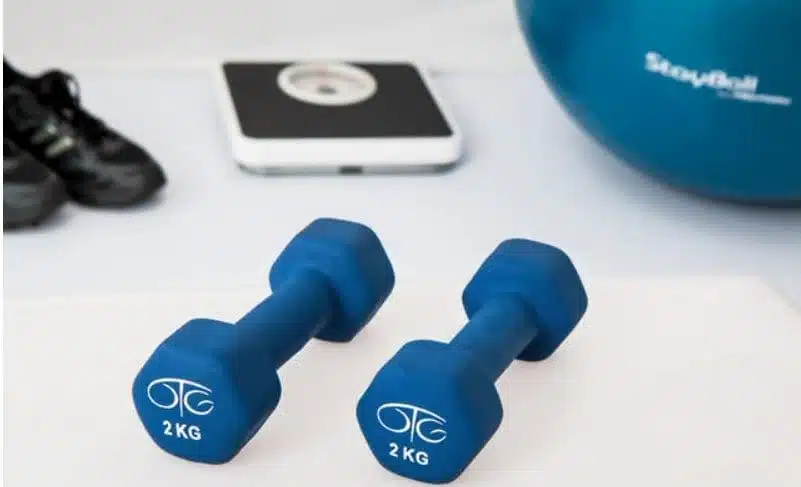In-Home Exercises for Seniors
Posted in In-Home Exercises for Seniors
Even before the closure of gyms across the country due to Covid-19, the CDC determined that more than one in four Americans over 50 were “physically inactive.” Now, after more than two months of self-quarantine, finding ways to maintain muscle mass, flexibility and balance at home are more important than ever. Below are some simple exercises you can accomplish at home without buying specialized equipment. Each exercise includes a YouTube link to a video showing how to safely perform these exercises. 
Safety Note: Remember, exercise is about improving your health, not getting hurt by taking on a difficult exercise regime. Be sure to talk to your doctor before diving into a new routine!
Strength Training
As our bodies age, we naturally lose bone density and muscle mass, but a light strength training routine can help delay muscle loss and keep you independent and confident!
Wall Push-Ups
Wall push ups are a great way to exercise your upper body and arms, but keeps you off the floor and allows you to control how much weight you are pushing based on the angle of your body.
- Stand in front of a solid wall, up to two feet away but as close as you need to.
- Place your hands up against the wall directly in front of your shoulders.
- Keep your body straight and bend your elbows to lean in towards the wall.
- Stop with your face close to the wall and then straighten your arms to push your body away from the wall.
Chair Squats
https://youtu.be/vVpojWs8lQg
Squats have a reputation for being a pretty punishing exercise, but adding a chair into the mix makes this lower body strength training much lower impact while still delivering results.
- Stand in front of a chair with your feet as far apart as your hips.
- Bend your knees while keeping your shoulders and chest upright.
- Lower your bottom so you sit down.
- Then push your body back up to return to a standing position.
Balance Training
Falls are one of the most common causes of emergency room admissions for older adults. By practicing balance in a low-risk environment, you can make yourself far less susceptible to this common household hazard.
One-Foot Stands
When doing One-Foot Stands, be sure to use a solid, immovable counter or chair. Avoid overtaxing your body by limiting each one-foot stand to no more than a minute at a time.
- Stand behind a steady, unmoveable chair and hold onto the back.
- Pick up your left foot and balance on your right foot as long as is comfortable.
- Place your left foot down and then lift up your right foot and balance on your left foot
Tip-Toe Lifts
Like a one-foot stand, limiting the amount your body touches the ground forces you to rely on your sense of balance, and also improves the strength of your feet, ankles, calves and thighs, giving your body a solid foundation.
- Stand beside or behind a chair or counter and place your hands on the surface for support.
- Push yourself up onto your tippy toes as high as is comfortable and then return back to a flat foot. Repeat.
Flexibility Training
Stiff joints can make all kinds of activities more difficult. Fortunately, flexibility training can be some of the lowest-impact exercises you can accomplish while at home. Be sure to take these exercises slow, breathe during each stretch and limit each stretch to no more than 30 seconds. Warming up with a little walking can go a long way towards preventing possible injuries.
Head Turns
This simple stretch looks like you’re shaking your head to say “no,” but can prevent serious neck strain caused by suddenly turning your head during a possible fall or other emergency.
- Stand or sit with your back straight and your shoulders relaxed.
- Turn your head slowly to the right until you feel a light stretch.
- Hold that position and then turn slowly to the left.
Wall Snow Angels
This stretch is designed to help keep your back and chest flexible, no snow required!
- Stand about 3 inches away from the wall and place your head and lower back flat against the wall.
- Put your hands at your sides with the palms out and the backs of against the wall.
- Keeping your arms touching the wall, raise them up above your head (or as high as is comfortable).
SelectCare hopes you found these at-home exercises helpful. A key part of home health care is promoting our client’s long-term health and independence by encouraging good nutritional and exercise routines.
To learn how SelectCare can help you or a loved one, call today!
